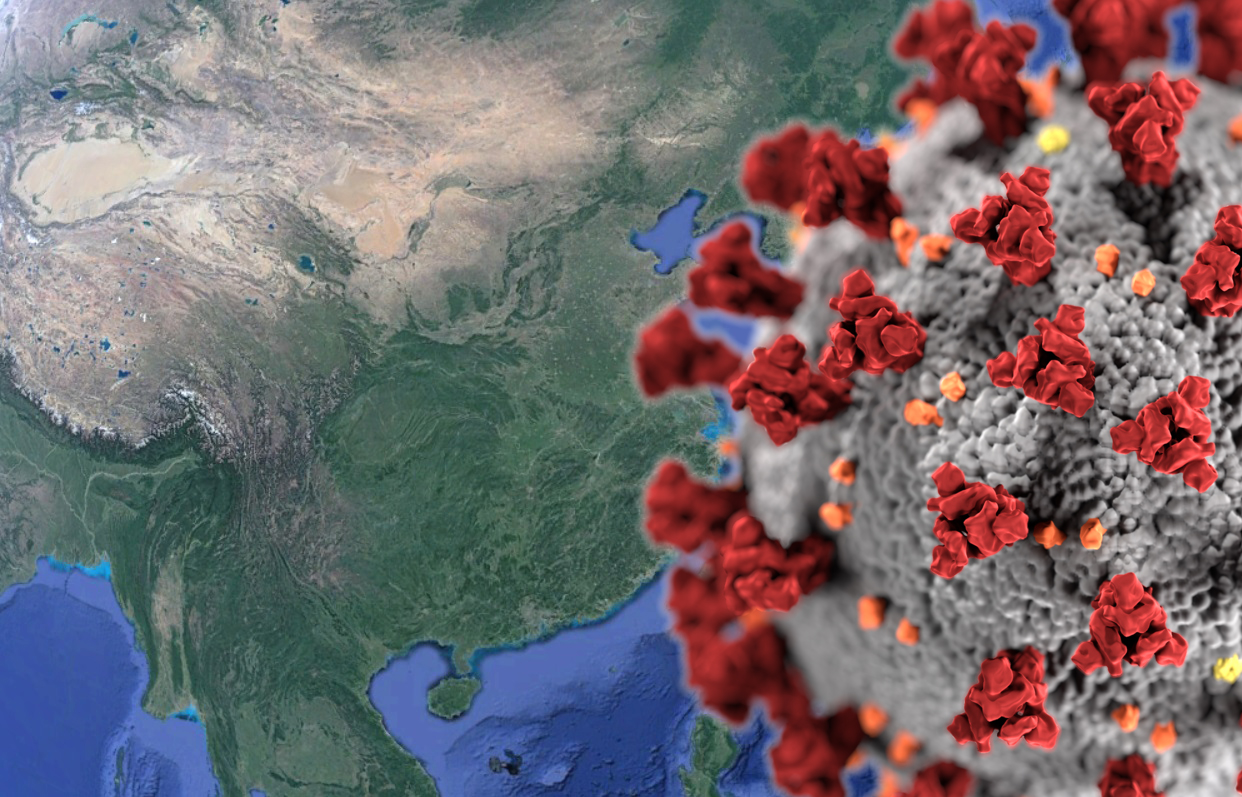These days the whole world is going through the worst health crisis of modern times: one pandemic linked to a new type of virus that causes fever and breathing difficulties which, in the worst case, can even lead to death. As governments and health authorities try to better manage this dramatic emergency, we should all be wondering how we got there.
According to the most plausible hypothesis, it all started in Wuhan, a Chinese megalopolis of 11 million inhabitants located on the banks of the Yangtze, among the most important rivers in Asia. Specifically, the tragic chain of events that led to the current paralysis of our society would have started from a food market where countless wild species were also sold. In cages crammed one on top of the other, among hens, pheasants, rabbits, dogs and cats, moving among the stalls of the Wuhan market, we could also have found badgers, foxes, beavers, snakes, marmots, bats, hedgehogs, turtles and many other wild species, many of which lives and slaughtered in front of the customer. Moreover, in this type of markets, often, also protected species weres sold. These species are usually protected by local laws, but required by traditional Chinese, which still has too strong roots and too high profits in the Asian continent.
Well, this type of scenario, where animals of all sorts are piled in conditions of poor hygiene next to each other, is the perfect primordial soup for the outbreak of a global epidemic. Wild animals, in fact, host viruses unknown to our immune system, which can pass from one animal to another, up to us, with tragic consequences for our health. And that’;s how we got to this point: a new type of coronavirus, probably brought by bats for sale in Wuhan, has infected humans, taking us unawares and threatening our safety.
Thus, as already happened in 2004 with the SARS virus, the irrational exploitation of wildlife has generated a new global crisis, both health and economic: the perfect example of how the protection of biodiversity
and wildlife also have profound implications for the well-being of human society.
Currently, China has banned the sale of wild animals for food, but unfortunately the medicinal purpose remains. When is the complete stop to the irrational exploitation of wildlife going to happen? As long as the reckless wildlife trade resists, both in China and in other countries of the world, we will continue to have to expect crises such as the current one (or even worse).
Article by Nicola Bernardo, researcher in wildlife conservation (Doñana biological station).
For would like to deepen further, here is a video produced by the international scientific dissemination channel Vox:
